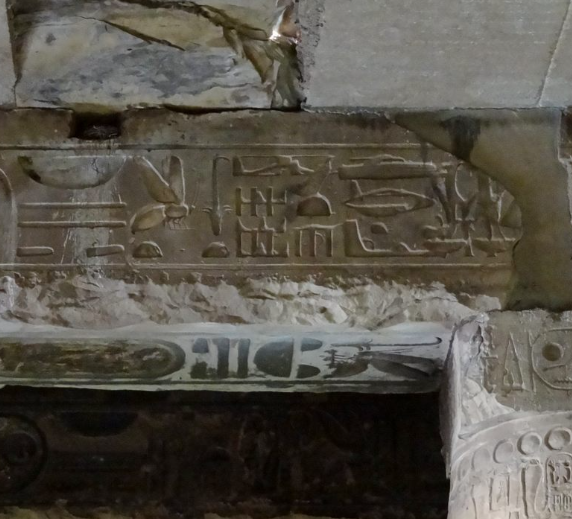Deep within Egypt, the majestic Temple of Seti I stands as a captivating monument to the brilliance and opulence of the ancient Egyptian civilization. Within its ancient walls lies a puzzle waiting to be solved – hieroglyphs hinting at what seem to be early forms of modern flying machines, igniting debates on the possibility of ancient airborne adventures. While common beliefs suggest symbolic meanings or misinterpretations, the presence of these puzzling symbols raises intriguing questions about the technological prowess of our predecessors.
Situated in Abydos, the Temple of Seti I emerges as a fascinating site adorned with elaborate carvings and portrayals of Egyptian lore and history. However, the depiction of peculiar objects resembling airplanes has captured the interest of researchers and enthusiasts. These curious symbols, often brushed off as mere artistic additions or misunderstandings, bear a striking resemblance to contemporary aircraft, featuring fuselages, wings, and tails.
One hypothesis suggests that the aircraft-like hieroglyphs could symbolize celestial vessels used by the gods in ancient Egyptian mythology. According to this viewpoint, the deities were frequently shown journeying through the skies in celestial ships or chariots, symbolizing their divine authority and dominance. Thus, the airplane-like symbols in the Temple of Seti I may symbolically represent divine voyages rather than direct depictions of ancient flying devices.

Nevertheless, critics argue that linking the aircraft-like symbols with divine transportation may oversimplify their significance. They suggest that these symbols could have been inspired by natural occurrences or artistic creativity rather than technological accomplishments. Additionally, the lack of tangible proof, such as physical remnants of ancient aircraft or written records of air travel, raises doubts about the existence of advanced aeronautical knowledge among ancient Egyptians.
Another viewpoint regarding the aircraft-like hieroglyphs proposes that they might stem from cultural exchanges or interactions between diverse civilizations. Ancient Egypt served as a center for trade and communication, welcoming traders and travelers from distant lands who introduced new ideas, technologies, and artistic influences. Therefore, it is plausible that the aircraft-like symbols in the Temple of Seti I were influenced by external cultures or artistic traditions rather than local innovations.
Aside from cultural impacts, some scholars suggest alternative interpretations for the aircraft-like hieroglyphs, associating them with the symbolism and function of Egyptian temple architecture. Temples were seen as sacred spaces blending the spiritual and earthly dimensions, and the imagery decorating temple structures served both religious and practical functions. Thus, the aircraft-like symbols may have conveyed abstract concepts or spiritual teachings instead of representing literal flying machines.
In summary, the existence of aircraft-like hieroglyphs in the Temple of Seti I prompts deep reflections on the technological advancements and intercultural encounters of ancient Egypt. While traditional explanations lean towards symbolic meanings or artistic freedom, the enigmatic nature of these symbols sparks ongoing discussions and speculations. Whether they point to ancient aviation, divine journeys, or simply artistic expression, the aircraft-like hieroglyphs stand as a testament to the enigmas of antiquity and the intricate tapestry of human history.
